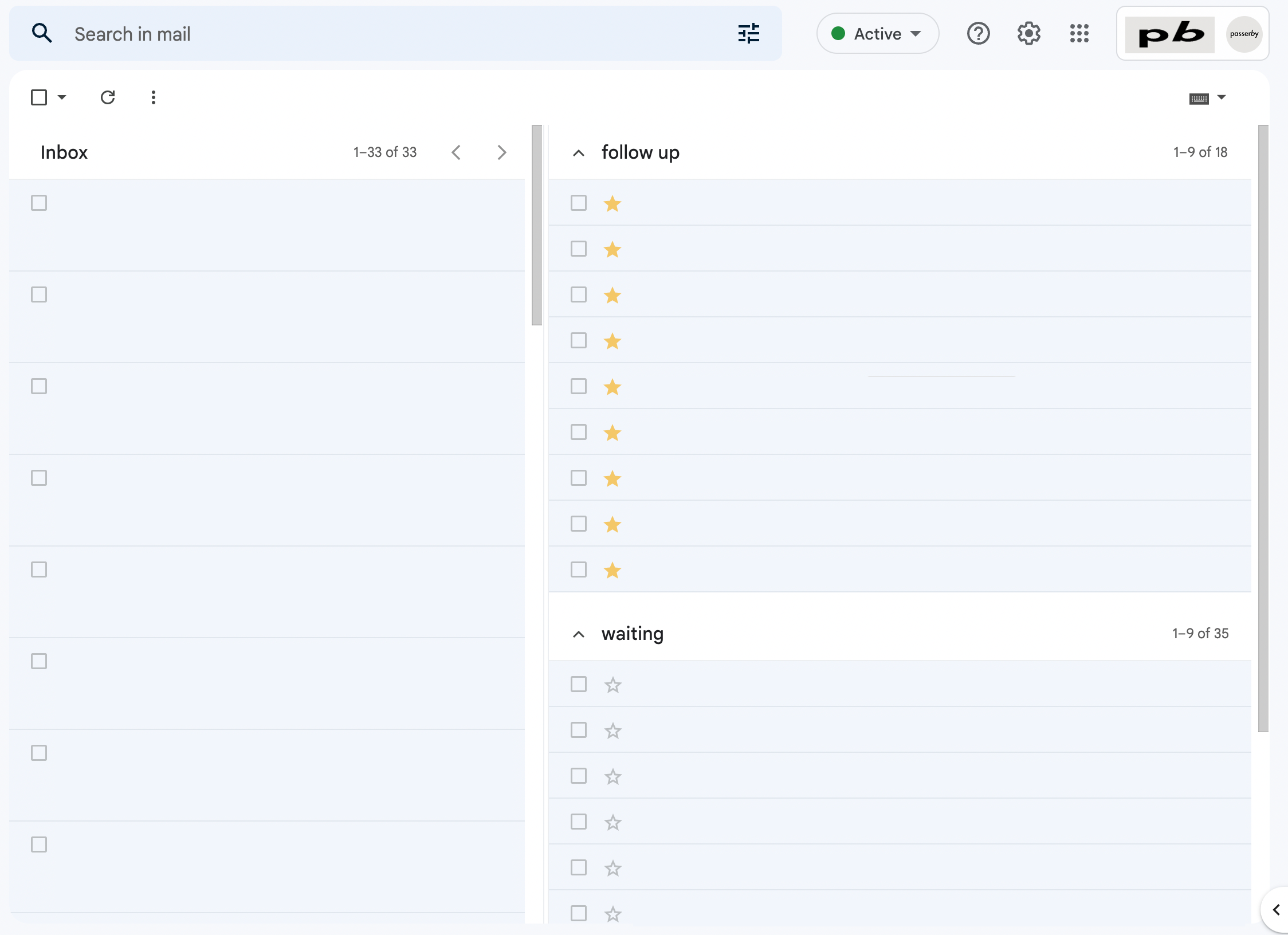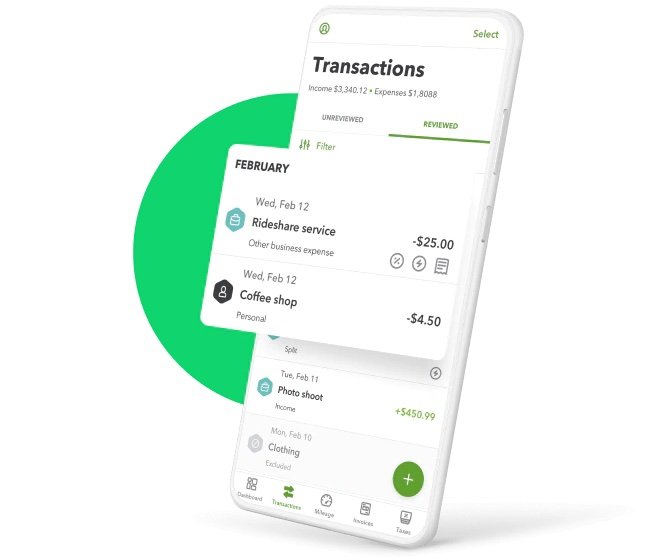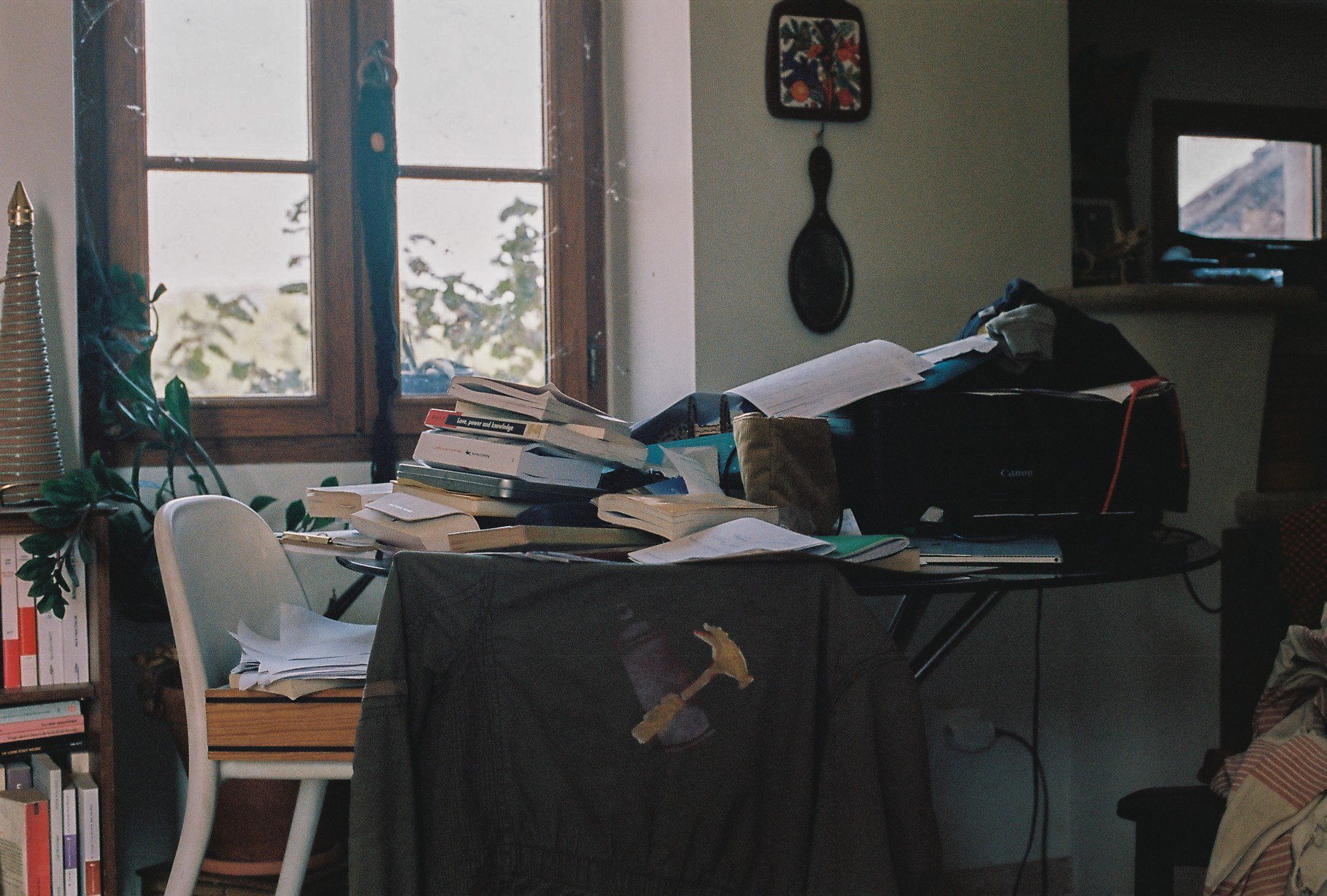Best Practices for Freelancing
“The most important things to keep in mind when making money as a single person business.”
According to a recent study, one of the biggest changes in the US labor market over the past two years has been the percentage of skilled freelancers. Drawn by factors such as career ownership, the ever elusive work-life-balance, and schedule flexibility mid- and post-pandemic, an ever increasing number of former employees are offering their independent services to a broader range of clients, with creative industries leading the pack. But no matter if you’ve been freelancing for years or you’re just breaking out on your own: running a solo business doesn’t necessarily get easier with experience. Unsolicited advice is manifold at any stage, and it takes a large amount of discipline to continuously establish good working relationships and keep them without the safety net of a steady source of income or healthcare.
Being your own boss and the freedom to work wherever and whenever you want (at least in theory) comes at the cost of having to wear all the hats, all the time. Not only are you the creative brain behind your specific operation, you also have to keep on top of logistics, staff, marketing, business plans, and — perhaps most crucially — finances. While most of these factors can fluctuate over time, our passerby community is full of business leaders who agree that there are a few evergreen tips related to staying organised and profitable as a freelancer that are worth reiterating for veterans and newbies alike. Read on for best practices to keep in mind.
Being clear with clients
According to the women featured on passerby, effective communication is the most important tool when it comes to forging a positive relationship and making sure all parties involved are set up for success in the absence of a more formal contract. Our founder Clémence stresses the importance of “setting up expectations with set deliverables, to protect both yourself and assure your client is happy. This can be done via an introductory call, or sending a Google form with set questions that can determine the scope of your work like ‘When is your deadline? What are your strategic goals?’ and asking for references of things the client likes versus what they don't like (and why).” Another thing that can be helpful is providing the client with samples or a portfolio so that they are more familiar with your work. Paste by WeTransfer is a useful tool for putting together slides that stand out. For more creative work, sending through a moodboard can help make sure your and your client’s ideas align.
This step can be particularly daunting for first-time freelancers or former employees that are used to having a set of corporate rules to adhere to, but looking out for yourself by clearly defining boundaries and negotiating terms upfront is a crucial skill when determining the success of your business. If you’re unsure about how to word any (or all) of these requests, passerby’s Managing Editor Claire Brodka recommends nira templates for inspiration and writing suggestions for all kinds of long- or short-term agreements. Stuck on making a decision about taking on a certain project? Noah Baker’s flow chart can help relieve some of the anxiety.
Keeping track of tasks & hours
Whether you start with organizing your emails into different inboxes like our founder Clémence (“inbox labels are your friends!” — Ariel Roman) or “use good old Google sheets” like Fiorella Valdesolo or Rebecca Frisker (who finds “the idea of downloading another app exhausting”), keeping on top of deadlines, hours, and to-dos is a must in order to successfully navigate your own business.
If you struggle with productivity apps, Clémence’s mix of Stickies on her inbox, the Notes app on her phone, and a rigorously structured Google calendar may be for you. “Google calendar is a highly underrated tool, you can create multiple calendars and play around with hiding and showing them.” If you’d like to go even more analog, follow Georgie Greville’s advice: “a good old-fashioned handwritten list works the best.” Not sure what to put first? Dianna Cohen organizes her to-dos “by a critical path approach: what do I need to do that would be a blocker for something else?” Making sure to check progress regularly is crucial, too. Rebecca updates her to-do sheet “a couple of times a month (usually when I get a new assignment), and then on the last week of each month.”
Especially for freelance beginners, tracking hours is essential. It gives you a feel for how long it takes to get things done and provides a visual representation of when you may be overspending time that could more effectively be used on other projects. Perhaps even more importantly, it aids with a real sense of how what your time is worth. Puno Dostres agrees: “With any paid client, I still track my time. Not because I get paid hourly, but so I see opportunities to scale and figure out when I should increase project rates.”
Outsourcing strategically
Another crucial lesson — especially when you don’t have colleagues around — is knowing when to ask for help. That doesn’t always need to take the form of other humans. Technology is your freelance friend, particularly when it comes to automating repetitive processes like creating invoices. Molly Surno trusts Harvest to make hers look polished and professional, and the platform at large is recommended by both Fiorella Valdesolo and Puno Dostres: it’s “really great for keeping track of time and budgets. Plus, they automatically send out reminders to your clients when an invoice hasn't been paid.” Verena Michelitsch trusts Wave with her accounting needs: “It's not the best interface or invoice design, but I find it very practical. Their AI learns your expenses and it's super fast to auto-tag etc.” QuickBooks helps our founder Clémence — “especially the self-employed app, it's great for tracking receipts and getting your taxes in order.” If you can manage, why not follow Anna Polonsky’s advice and “get a bookkeeper or outsourced CFO! It really helped me to grow my business.”
For keeping on top of tasks once the old-school pen-and-paper list gets too long to handle, project management software is worth a try. A lot of options that were created for coordinating larger teams work just as well for a one-person enterprise. Recommended examples include ClickUp or Notion. Ballet Season founder Lauren McCurry uses the latter to “help her brain!” and Puno “for personal and business organization”. TickTick has helped Marina Sulmona log different freelance projects, while Caitlin McMullen turns to Trello “for ongoing to-do lists or projects with a lot of moving pieces.”
Pricing yourself right
Where to even start with knowing how much to charge as a freelancer? Thankfully, there are a bunch of helpful tools that take away some of the guesswork. The first: your network & community. Not sure if you should charge project rates or hourly? What are the ‘usual’ fees? If you have friends or even friends of friends that work in your industry or — even better — in HR, asking them for advice is a great way to price yourself right. Another option: using our Discord server or your Instagram followers as a sounding board.
Lowballing is a common mistake among freelancers that are just breaking into the business. Eva Schnarrenberger remembers “being scared to charge what I thought I deserved” and has gotten into the habit of regularly checking annual statistics for new insights. Another tool: Wave, Verena Michelitsch’s freelance website of choice. The platform regularly publishes features about figuring out your worth on paper and pricing 101. Journalist Sonia Weiser recommends Contently’s Rates Database and Who Pays Writers as a starting point for folks in the creative industry.
Communicating payment
Once you’ve settled on a fee, the next step is making sure you receive your money’s worth once the project is done. For the sake of your mental health and the future of your business, don’t be afraid to follow up on unpaid invoices and establish firm timelines in advance. “My biggest tip is to be prompt and clear: have all your banking info and tax forms prepared, ask the client how they prefer you file invoices, and what their payment terms are” — Rebecca Frisker’s advice goes a long way in any industry and ensures no surprises are in store further down the line.
To make payment happen quickly, heed Neada’s advice and “ensure your invoice is sent through immediately, once deliverables are handed over.” Community members Ly Ngo and Neada both use net 30s to make sure their clients are aware of when they need to pay. Extra advice from Neada: “you might want to note that a late fee of 5% per day will be applied after that 30-day period, or that any invoice that remains unpaid 15 days after the period will incur a blanket late fee of 20%.” Same goes for Ly, who includes a “small French legal byline (per my accountant’s advice) that invoices paid late are subject to penalization.”
Rebecca recommends receiving payments by “direct deposit (or another online payment service like Zelle) wherever possible — I've had my fair share of checks get lost in the mail.” If you’re sending invoices to another country, make sure you are using a service that doesn’t charge too many extra fees. Skrill and Wise both offer bank transfers and easy online payments across borders and are vetted by our passerby community. Especially important for working internationally: making sure important details like tax ID, full name, and both your and the client’s business addresses are stated clearly on your invoice. Claire bookmarks this checklist to make sure nothing’s missing.
Actively sourcing clients
Putting yourself out there and not being afraid of asking for help can be hard. That’s why, especially in the early stages of freelancing, our passerby follower Anayvelyse’s advice of turning to “friends & former coworkers” for job opportunities is key. It’s often easier to casually mention that you’re looking for work rather than outright asking, so letting it drop in conversation with people who already know you and have worked with you before is a great starting point. Clémence suggests “asking agencies if any of their clients are hiring, or asking companies or brands you are a fan of if they are hiring (you'll most likely be able to put a proposal that resonates more as you're already familiar with them and their voice).” To increase your chances, why not share a post on your LinkedIn or Instagram flagging that you’re available? Remember to include a link to your website, social media, and/or portfolio so interested parties can check out what you’ve done so far.
If you prefer to keep your job hunt more anonymous, our passerby Discord’s #jobs channel is a great place to start and a more curated alternative to traditional sites like Upwork or Freelancer. ilovecreatives’ online arsenal of virtual connection is used by both passerby club member Tasha Young and Lauren McCurry to find potential new clients or freelance friends. Another source from Tasha: Working Not Working, a community of over 100,000 creatives and recruiters. Even more anonymous (all you need is an email): newsletters put together by other creatives for people just like you. Sonia Weiser’s twice-weekly Opportunities of the Week mailing was called out by a number of passersby as a great source for vetted job opportunities and journalist Lizzy Denning gathers tips, job openings, and helpful features for women who freelance in her Out of Office newsletter.
Staying inspired & informed
Newsletters aren’t just a great way to find clients. They’re also wonderful tools to keep on top of what’s happening in different industries and can be a regular source of inspiration to your inbox. Passerby IG follower Ly Ngo Heising recommends ex-NYT writer Tim Herrera’s Freelancing with Tim newsletter for pitching guides and workshops, and our Managing Editor Claire has subscribed to BrainPint for a mind-sharpening curation of articles from all over the internet. Maria Popova’s The Marginalian (formerly Brain Pickings) is a favorite among Erin Allweiss and Allison Escoto, and The Do Lectures rounds up independent change makers from around the globe to deliver an often necessary dose of self-confidence.
If you’d like to hear rather than read your motivation, Mark McGuinness’ 21st Century Creative podcast comes highly recommended by our very own Sydney Russo, and How I Built This with Guy Raz is a masterclass on entrepreneurship from some of the most successful brand-builders in recent years. In case you want even more professional advice and companionship, why not consider signing up for ilovecreative’s freelance business plan course, joining the National Writers’ Union’s Freelance Solidarity Project (recommended by passerby follower Lily Meyer), consulting a book on the subject, or re-reading all of our Meet the Makers interviews?
However you go about making it work once you’ve made the jump, it’s worth keeping in mind what shone through in all of the advice collected for this piece: even though you are venturing out by yourself, you are most certainly not alone.
Words by Claire Brodka






